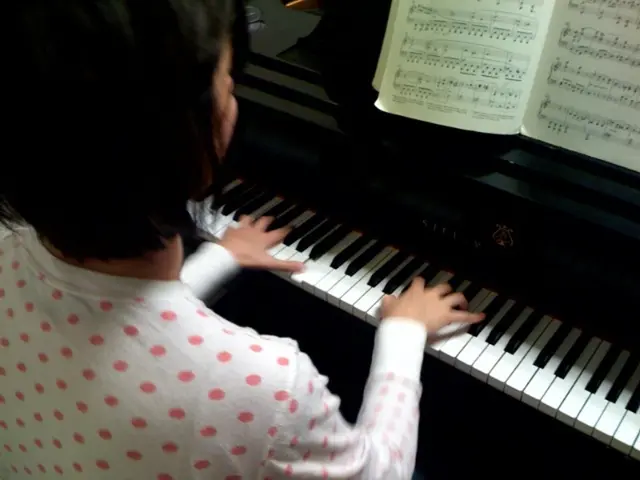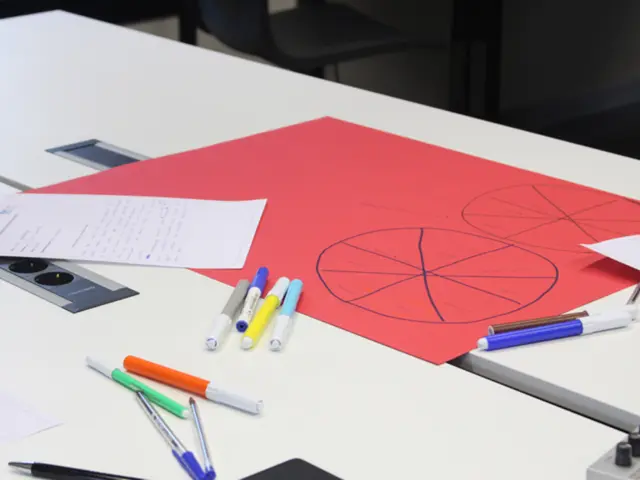Understanding Cultural Awareness: Insights into International Viewpoints
=====================================================================================================
At [School Name], a commitment to cultural awareness and understanding is at the heart of its educational philosophy. The school employs a range of research-backed practices to promote a positive and inclusive school culture.
Incorporating Cultural Education into the Curriculum
By integrating cultural and diversity education into the curriculum, students are taught about different cultures, traditions, and histories, fostering respect for diversity. Guest speakers and cultural events are organised to broaden perspectives, ensuring a comprehensive understanding of the world.
Promoting Inclusive Classroom Practices
Teachers at [School Name] are trained to create diverse learning environments where instructional materials and discussions reflect multiple cultural perspectives. This approach encourages collaboration and equips students to work with classmates who think differently.
Using Multicultural Materials
Literature, videos, and documentaries that represent a variety of cultures are used to help students engage with and appreciate different human experiences. These resources provide a platform for students to explore and learn from diverse cultures.
Celebrating Cultural Holidays and Traditions
Interactive events showcasing traditional foods, music, dance, and stories are organised to celebrate cultural holidays and traditions within the school. This boosts inclusivity and cultural pride, strengthening classroom community bonds.
Creating Open Dialogue Spaces
Open dialogue spaces are provided where students can share experiences and learn from each other about diversity, addressing misconceptions and building empathy. These discussions are guided in a supportive classroom environment, teaching students to recognise what might hurt others and the line between appreciation and appropriation.
Designing Classrooms with Visible Multicultural Representation
Classrooms at [School Name] are designed with visible multicultural representation, including images, bulletin boards, books, and materials that reflect the students’ cultural identities. This enables students to connect more deeply with the content and feel a sense of belonging.
Creating Student-Centered Learning Environments
At [School Name], student-centered learning environments are promoted that encourage collaboration and allow students to see their culture represented in instructional materials. This approach increases engagement and ownership of learning.
Pronouncing Students’ Names Correctly
Pronouncing students’ names correctly is a simple yet significant way to honor their cultural heritage and build trust. This practice signifies respect and support for their success.
Providing Professional Development for Educators
Educators at [School Name] receive ongoing professional development on culturally responsive teaching and counseling practices. This training helps bridge cultural gaps and create supportive, collaborative communities.
Through these practices, students at [School Name] grow through meaningful connections with peers from diverse backgrounds, developing natural empathy and understanding of different perspectives. The school's values, particularly empathy, curiosity, and inclusion, guide students to ask thoughtful questions, listen deeply, and welcome different viewpoints.
Classroom activities such as music analysis, flavourful cook-offs, and real-life story time are used to bring cultural awareness and inclusion into classrooms. These activities foster a global perspective, helping students appreciate the global community while developing social skills.
Visiting the school or speaking with expert educators provides an opportunity to learn more about cultural awareness and begin the application process for enrollment. Regular one-on-one talks with teachers during the term help build trust and understanding, allowing for the identification and resolution of learning barriers.
By giving students room to shape their learning path by bringing their own materials and viewpoints, lessons become more meaningful. At [School Name], every student's voice is valued, and their unique cultural background is celebrated.
Sources:
- Education Week
- Teaching Tolerance
- Edutopia
- ASCD
- Harvard Graduate School of Education
- The commitment to cultural understanding at [School Name] extends to the education-and-self-development sector, aligning with general-news trends in promoting an inclusive learning environment.
- The school's emphasis on incorporating arts in the curriculum serves as a conduit for celebrating diverse lifestyles and fostering a deeper appreciation of community and student collaboration.
- By promoting leadership opportunities for students from diverse backgrounds, [School Name] seeks to ensure that the voices of all members of the community are heard and respected, thereby fostering a more understanding and empathetic student body.
- The school's efforts to provide teachers with ongoing professional development in culturally responsive practices also reflect the evolving landscape of the education industry, with organizations like Teaching Tolerance, Edutopia, ASCD, and Harvard Graduate School of Education advocating for similar initiatives.
- By encouraging students to share their experiences, [School Name] creates an atmosphere where learning is not just a one-way street but a reciprocal process that incorporates diverse viewpoints and perspectives, contributing to a richer educational experience.
- The inclusive learning environment at [School Name] extends beyond the classroom boundaries, as the school strives to foster a culture of respect and understanding within the broader community, aligning with its mission of promoting cultural awareness and understanding.



